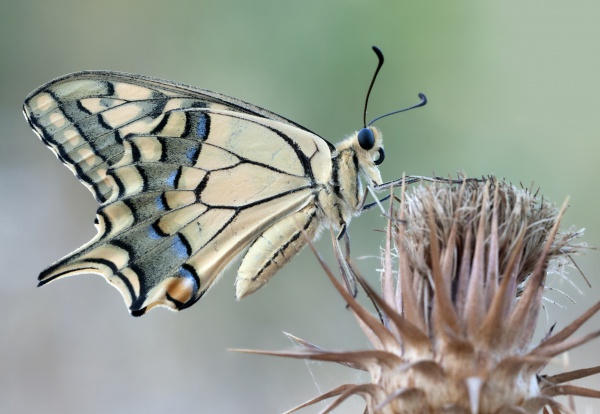Facts About Papilio machaon
The Old World Swallowtail, scientifically named *Papilio machaon*, is a striking butterfly belonging to the Papilionidae family. Commonly referred to as the common yellow swallowtail or simply the swallowtail, this butterfly acts as the type species for the *Papilio* genus. It is found across the Palearctic region and North America.
Carl Linnaeus assigned this butterfly its scientific name, *Papilio machaon*, in 1758. There are 41 recognized subspecies, including notable ones such as *Papilio machaon gorganus* and *Papilio machaon britannicus*. These butterflies have a wide distribution, inhabiting regions from Eurasia to the United States and Canada, and even extending to the Himalayas, Taiwan, and various parts of Europe and Asia.
One of the most distinguishing features of the Old World Swallowtail is its bright yellow wings adorned with black venation, boasting a wingspan of 65-86 millimeters. The caterpillars of this species are fascinating as well—they initially resemble bird droppings to avoid predators and feed on plants from the Umbelliferae family.
These butterflies are strong and agile fliers, frequently pausing to sip nectar from flowering herbs. They thrive in alpine meadows and on hillsides, where males engage in a behavior known as 'hilltopping' to attract females. Their diet includes plants like milk parsley and various umbellifers.
Raising Old World Swallowtails in captivity is relatively manageable, especially when the appropriate food plants for the caterpillars, such as rue, are provided. These butterflies can have multiple broods each year; some pupate and emerge within the same year, while others overwinter as pupae. When threatened, the caterpillars exhibit a remarkable defense mechanism—they can extend projections that emit a foul odor to deter predators.

 Croatia
Croatia